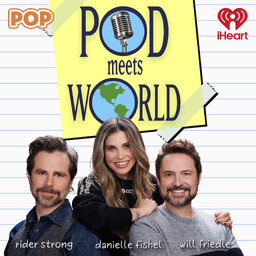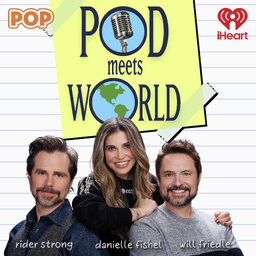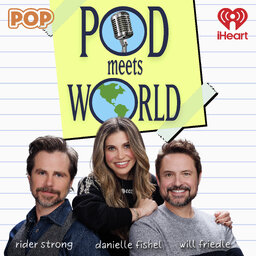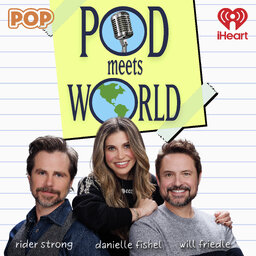Rider’s Office Hours: And Then There Was Horror
Our celebration of “And Then There Was Shawn” rolls on to Halloween, now with Professor Rider Strong holding Office Hours and riding solo to dive deep into why this episode has resonated, and stuck, with fans for so long.
Rider engages in an in-depth analysis with horror scholar Kristopher Woofter, who shares his expert opinion on the evolution of horror in the ‘90s and the history of the slasher.
Find out more about the “rules” of horror, the lure of a “mask,” and so much more in this scream-filled, and Strong, episode of Pod Meets World!
 Pod Meets World
Pod Meets World


